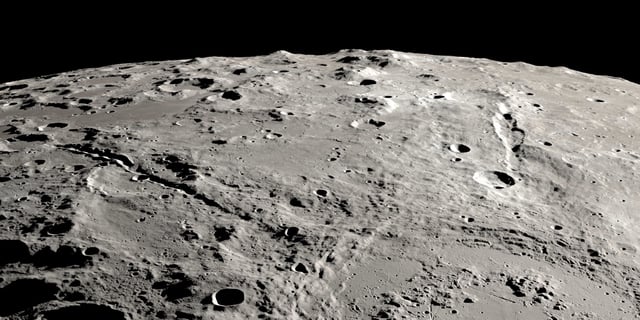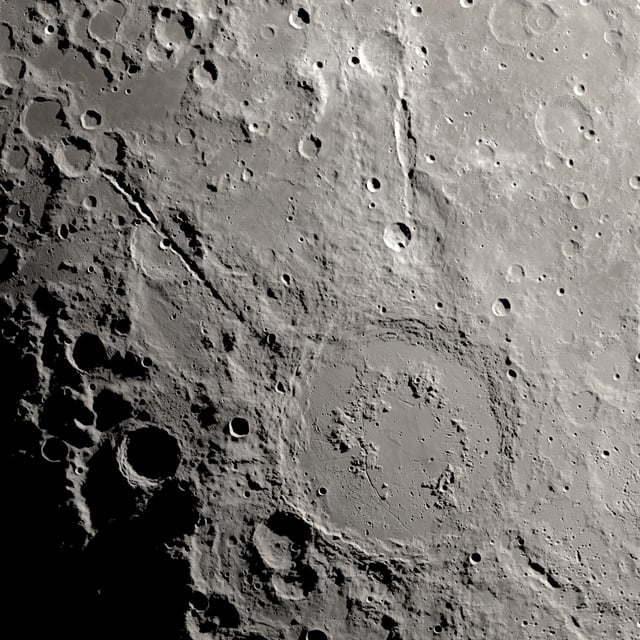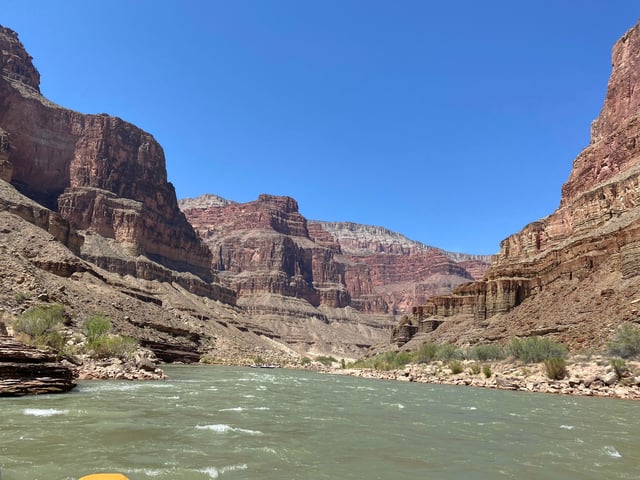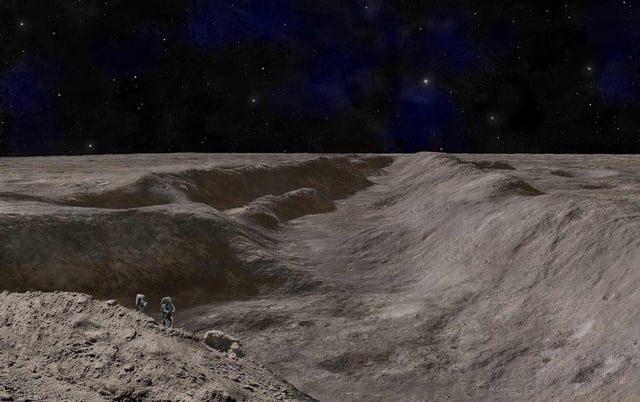Overview
- The Schrödinger impact basin, located near the Moon's south pole, was created by an asteroid traveling over 35,000 miles per hour and measuring 15 miles in diameter.
- The impact released energy equivalent to 130 times the global nuclear arsenal, ejecting debris that carved two canyons, Vallis Schrödinger and Vallis Planck, in under 10 minutes.
- The canyons measure up to 280 kilometers long, 17 kilometers wide, and 3.5 kilometers deep, making them comparable in size to Arizona's Grand Canyon.
- NASA's Artemis missions, targeting the lunar south pole region, aim to collect ancient rock samples exposed by the impact to study the Moon's early history and its connection to Earth's formation.
- The research highlights the asymmetrical debris pattern, suggesting minimal coverage over proposed Artemis landing zones, preserving access to primordial lunar materials.



